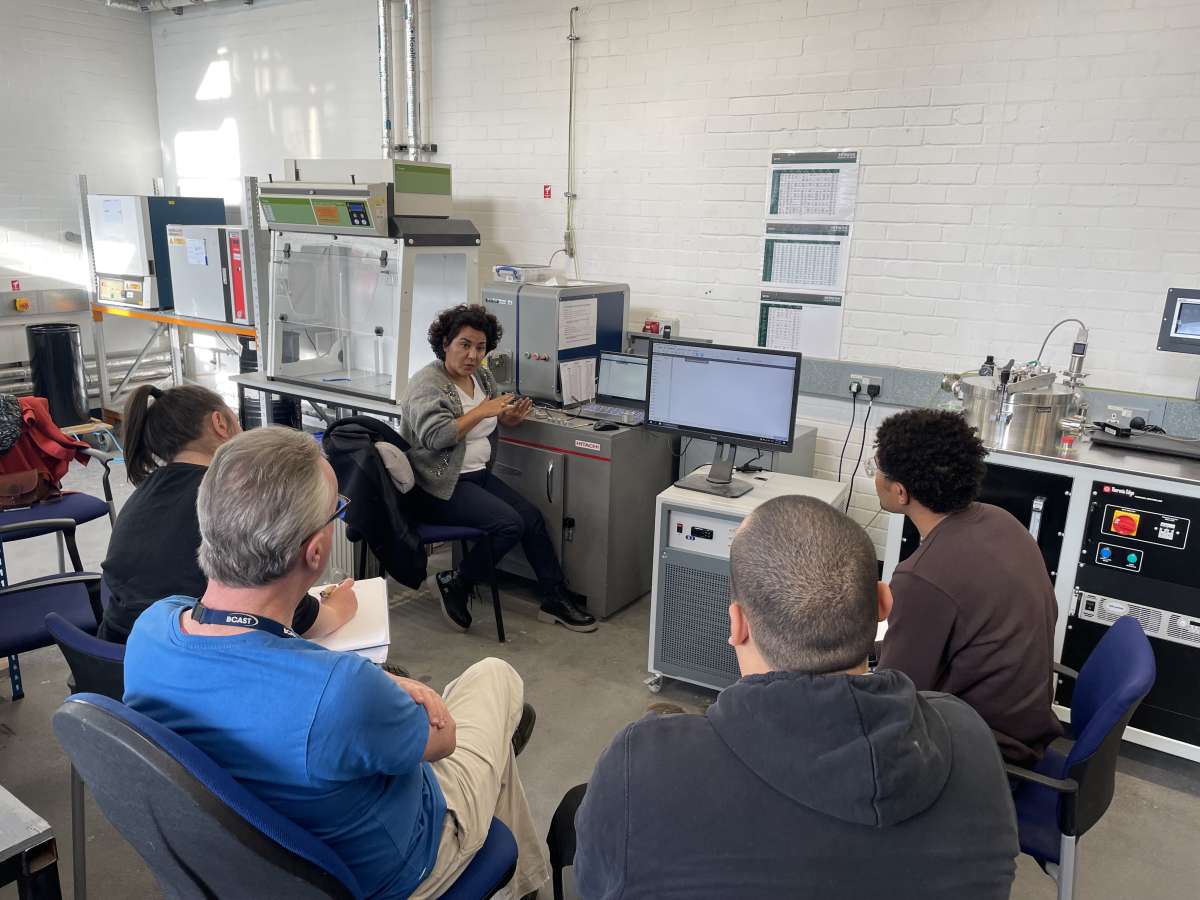When you purchase an OES, XRF, LIBS or TA instrument from us, you’ll be offered a range of training options to help you become familiar with your new analyzer. You can choose the location and content of the training courses to suit your timescales, budget, and how familiar you’re with analysis for your application.
However, the training content is more than just an introduction to your new analyzer, which is why you can benefit from it even if you’re familiar with analysis and have experience with other instruments. Here’s five ways our training can help you.
What you can expect from your training
The specific level of training will depend on your needs and you’re your own choice what you go with. However, the focus of all our training is based on the following:
Our OES, XRF, LIBS and TA analyzers are used for a wide range of applications, including in the lab, in production and when out in-field. They’re often used for process control, hazardous substance identification, quality control and for positive material identification but there’s more applications than we’ve listed here.
In every case, the results delivered by the instrument inform crucial decision-making, from sorting scrap to ensuring the longevity of micro-electronics. So, it’s imperative that the results you get from your instrument are as accurate and reliable as possible, and we can teach you how to tell if the results you’re getting aren’t right.
Our instruments work hard. In some cases, they work round the clock, seven days a week, analyzing everything from metals, petrochemicals, soil, polymers and food. If they’re being used for 100% positive material identification (PMI) or as a final check on finished goods before shipping, then the rate at which you can analyze is the rate your production or development can move.
Many of our analyzers help with throughput thanks to short start-up times and ultra-fast analysis. There are things you can do when setting up and taking a measurement to bring even more efficiency to your process. However, some shortcuts are going to affect your results, and we can show you where you can improve analysis productivity and where you can’t.
Your analyzer is a valuable asset that you’ll want to rely on for several years. We design our instruments with this in mind, making them ‘future-proof’ as much as we can in terms of their analysis capability, durability and upgradability.
However, the day-to-day use of your analyzer will have an effect on its performance over time, and we can show you the best practice for regular usage, maintenance, calibration and ideal service intervals to keep your analyzer running for years.
Operator safety is paramount and there are fundamental steps all users must take when using an advanced analytical instrument that relies on either laser ablation, plasma or X-rays to excite the surface of the sample.
Of course, we have developed our instruments to be safe enough for use in a busy lab or factory floor, but of course those using the instrument must take the necessary precautions and undergo the required training before being allowed to use the equipment.
As part of our intention to make our analyzers intuitive and easy to use, you’ll find it extremely simple to load a sample and take a basic measurement. The downside of this is that you can fall into the trap of only using the instrument in one way and not making the most of the (many) advanced features that can help with troubleshooting, process control and maintaining quality.
For example, you can develop your own analysis methods to suit novel applications as they arise. Or you can set up monitoring to spot trends in production that might become problems, such as impurity levels within a melt or a drift in plating thickness. We can cover many of these advanced features in your training to ensure you’re getting the most from your instrument.
Options for training with us
Not only do we offer frequently asked questions to help you troubleshoot online and tutorial videos to learn how to work more efficiently with your analyzer. You have a choice of options for training courses: web-based courses, attending a Hitachi training center, or we can visit your facility and deliver the training there. What’s important to remember is that the venue dictates what we can cover.
The essentials, such as operator safety and the basic principles of operation, are covered whether you attend online, or in-person. However, if you want to learn on your own instrument and focus on techniques specific to your own application, then one to three days of training at your own site is the best option.
If you’d like to arrange training for you and your team, and to see what types of training we offer, visit our website for information and to get in touch with us.
